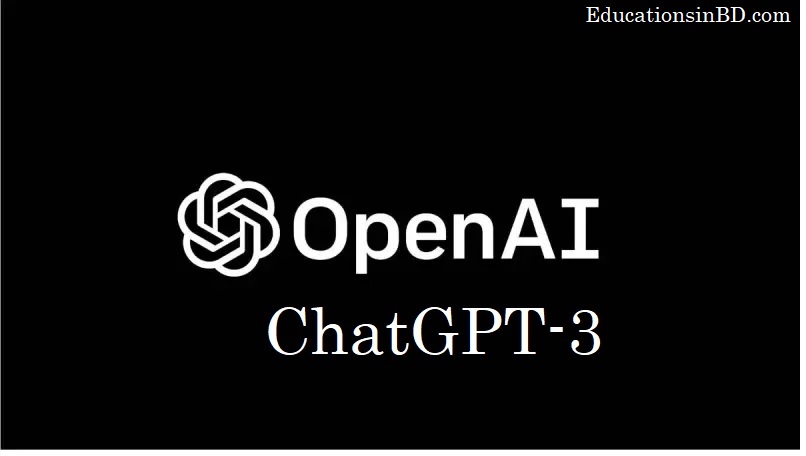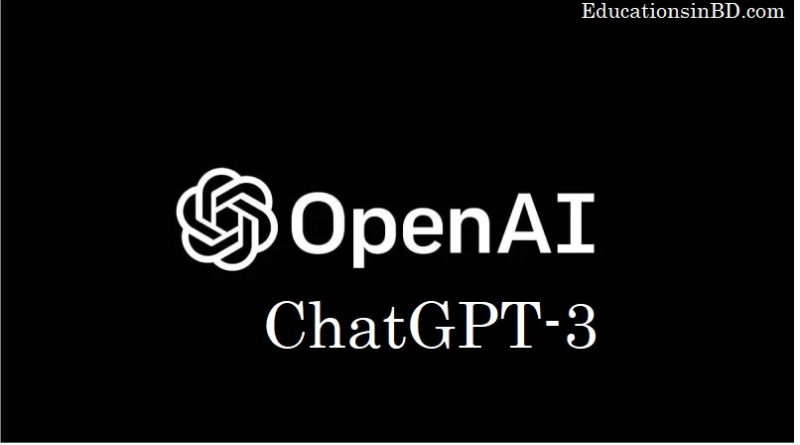What is the main work of ChatGPT?
What is the main work of ChatGPT? ChatGPT is a conversational AI model developed by OpenAI that uses deep learning and transformer architecture to generate human-like text. The model’s primary function is to generate text based on a given prompt or input. It does this by predicting the next word in a sequence based on the context provided in the input.
To generate a response, the model takes in the input text and processes it through multiple layers of neural networks, which analyze the input and generate a probability distribution over all possible word sequences. The next word is then chosen from this distribution based on the highest probability.
The model has been trained on a large corpus of text data and has learned patterns and relationships between words, phrases, and sentence structures. This allows it to generate coherent and semantically meaningful responses that are often indistinguishable from text written by a human.

Pre-processing: Before the model processes the input, it undergoes some pre-processing steps to convert it into a format that the model can understand. This includes tokenization (splitting the input into words and symbols), converting words to lowercase, and encoding the words as numerical values.
Encoder: The first part of the model is called the encoder, which takes in the pre-processed input and processes it through multiple transformer layers. The encoder creates a representation of the input that summarizes its meaning and context.
Attention Mechanism: The model uses an attention mechanism to weigh the importance of different parts of the input when generating a response. This mechanism allows the model to focus on specific parts of the input and generate a response that is relevant to the context.
Decoder: The second part of the model is called the decoder, which takes the representation created by the encoder and generates a response word by word. The decoder processes the representation through multiple transformer layers and uses the attention mechanism to weigh the importance of different parts of the input when generating each word.
Training: ChatGPT is trained on a large corpus of text data, where the model is provided with input text and the desired output text. The model then adjusts its parameters to minimize the difference between the generated response and the desired output.
Fine-Tuning: The pre-trained ChatGPT model can be fine-tuned on specific tasks and domains to improve its performance in these areas. For example, fine-tuning the model on a specific domain (such as customer service) can make the model more knowledgeable and relevant to that domain.
Generative Model: ChatGPT is a generative model, meaning it generates text based on the input it receives. The model uses deep learning and transformer architecture to analyze the input and generate a semantically meaningful response that is often indistinguishable from text written by a human.
Open-Domain: ChatGPT is an open-domain model, meaning it has been trained on a large corpus of text data from a wide range of topics and domains. This allows the model to generate responses on a wide range of topics and be used in various applications.
Real-Time Processing: ChatGPT is capable of processing input in real-time, allowing for near-instantaneous response generation. This makes it well-suited for applications that require fast and responsive conversational AI.

Limitations: While ChatGPT is capable of generating human-like text, it is not perfect and has some limitations. The model can sometimes generate responses that are irrelevant, nonsensical, or offensive. Additionally, the model may not always understand the context of the input, leading to inaccuracies in its responses.
Future Developments: OpenAI is continuously improving and updating its models, including ChatGPT. In the future, the model is likely to become even more sophisticated and capable, with improved accuracy, coherence, and relevance in its responses.
Overall, ChatGPT is a powerful conversational AI model that has the potential to transform the way we interact with computers and technology. While it has some limitations, its ability to generate human-like text and respond in real-time make it a promising technology for a wide range of applications.
ChatGPT is designed to facilitate human-like communication in natural language, allowing it to be used in various applications such as customer service, language translation, and personal assistants. the working of ChatGPT is based on deep learning and transformer architecture, which allows it to generate human-like text based on the input it receives.
Frequently asked questions about ChatGPT:
How does ChatGPT handle sarcasm or irony?
ChatGPT can sometimes struggle with understanding sarcasm or irony, as it may not be able to infer the intended tone or context of the message. However, it has been trained on a large and diverse dataset, so it may be able to recognize certain patterns or linguistic markers that indicate sarcasm or irony.
How can ChatGPT be used to assist with medical research or healthcare?
ChatGPT can be used to assist with medical research or healthcare by generating summaries of medical literature, assisting with data analysis, or identifying patterns in patient data. It can also be used to assist with automated diagnosis or triage, although this would require careful testing and validation to ensure its accuracy.
How can ChatGPT be used to assist with natural language processing (NLP) research?
ChatGPT can be used as a benchmark or baseline model for NLP research, as it is one of the most widely used and studied language models available. It can also be used to generate training data or provide initial model weights for more specialized or complex NLP tasks.
How can ChatGPT be used to assist with legal research or analysis?
ChatGPT can be used to assist with legal research or analysis by generating summaries of legal documents, assisting with case analysis, or identifying relevant legal precedents. It can also be used to assist with automated contract analysis or review, although this would require careful testing and validation to ensure its accuracy.
Can ChatGPT be used to generate content for marketing or advertising purposes?
ChatGPT can be used to assist with generating content for marketing or advertising purposes by providing ideas or examples of different marketing messages or strategies. It can also be used to assist with targeting or personalizing marketing campaigns based on customer data or preferences.
How does ChatGPT handle non-textual input, such as images or audio?
ChatGPT is primarily designed to handle textual input, although it can be used in conjunction with other models or algorithms to process non-textual input. For example, it can be used in conjunction with image recognition models to generate captions or descriptions of images, or with speech recognition models to generate transcriptions of audio.



